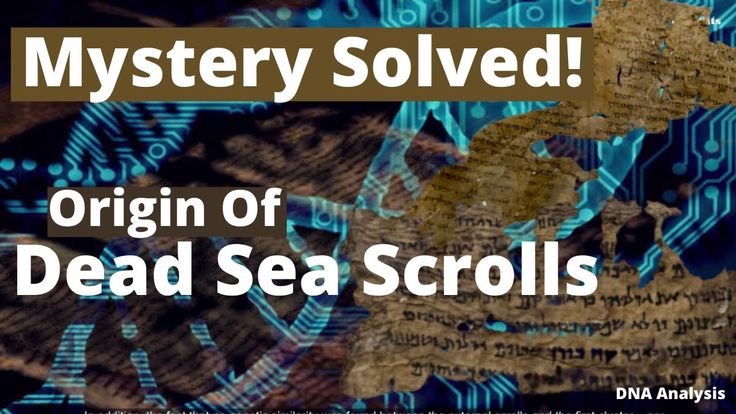The Dead Sea Scrolls, a treasure trove of ancient manuscripts discovered in the arid caves adjacent to the Dead Sea, have mystified scholars for decades. These texts, which date back to the third century BCE, are predominantly written in Hebrew, Aramaic, and Greek. Their significance extends beyond mere historical curiosities; they provide invaluable insights into the religious and cultural milieu of the Second Temple period. Recently, however, scholars have made groundbreaking breakthroughs that promise to redefine our understanding of these ancient artifacts.
For years, the scrolls have been enveloped in a shroud of enigma. Theories about their origins have ranged from their being the remnants of early Jewish sects, such as the Essenes, to potential links with early Christianity. As archaeological advancements and technological innovations burgeon, a pivotal discovery sheds new light on the scrolls’ provenance. The notion that they were solely authored by a singular group has been challenged, suggesting that they might actually represent a confluence of diverse religious ideologies and sectarian beliefs.
Recent analyses utilizing advanced imaging techniques and radiocarbon dating have revealed startling new data. Contrary to previous assumptions that all scrolls originated from a monastic community, evidence suggests multiple authors and possibly a pooling of texts from various groups. This paradigm shift encourages a more nuanced perspective on early Judaism and allows for a deeper understanding of the sociopolitical dynamics of the era.
The scrolls encompass a wide array of literature, including biblical texts, sectarian writings, and apocryphal works. Among the most compelling is the Copper Scroll, which intriguingly details hidden treasures and locations, sparking countless treasure hunts over the years. The texts not only serve as a window into ancient religious practices but also illuminate the complexities of Jewish identity during a tumultuous epoch marked by Roman occupation.
This newfound understanding of the scrolls beckons scholars and enthusiasts alike to reconsider preconceptions about early biblical texts and their formation. As scholarly discourse continues to evolve, the implications of these discoveries invite profound questions about the interplay of faith, culture, and politics in ancient societies. What other secrets might be concealed within these fragile parchments? With ongoing research, the potential for even more astonishing revelations remains tantalizingly within reach.
Indeed, the ongoing quest to decipher the Dead Sea Scrolls is not merely an academic endeavor; it is an exploration of humanity’s collective memory. As each fragment is meticulously examined, scholars dare to hope that the scrolls will eventually yield their full narrative, one that can reshape our comprehension of history and the very foundations of faith itself.
